In any internal combustion engine, connecting rod components are essential parts that play a crucial role in engine operation. They serve as the vital link between the piston and the crankshaft, transforming the reciprocating motion of the piston into the rotational motion of the crankshaft.
A connecting rod is primarily composed of three components: the rod, the small end, and the big end. The rod is the main body, while the small end connects to the piston and the big end attaches to the crankshaft.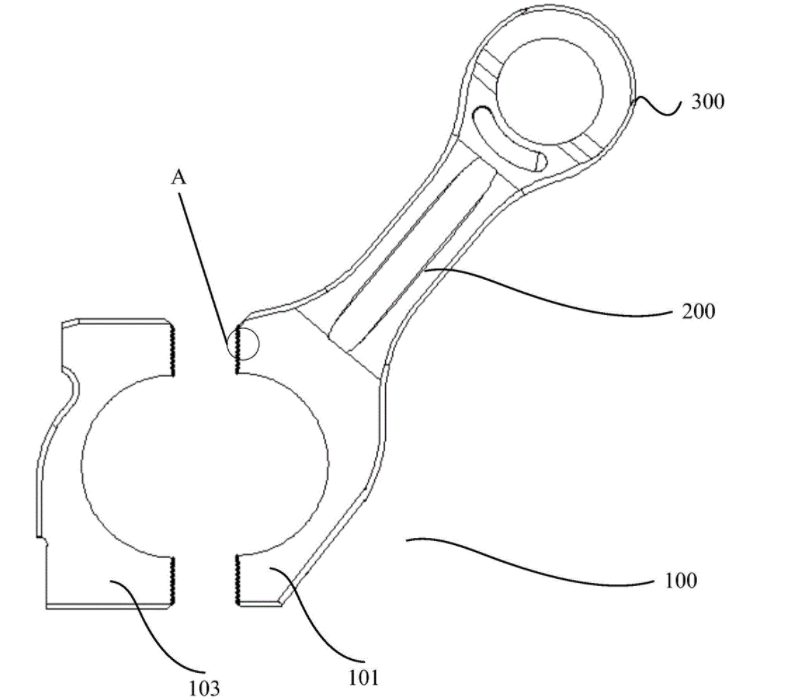
The rod itself is typically made of steel or aluminum, chosen for their strength and durability. The material must withstand the high stresses exerted during the engine’s operation. In high-performance applications, more exotic materials like titanium might be used due to their superior strength-to-weight ratio.
The small end of the connecting rod is designed to attach to the piston. This end usually contains a bushing made of a softer material like bronze, which provides a bearing surface for the piston pin or wrist pin. This arrangement allows the piston to pivot slightly as it moves up and down, aligning with the motion of the crankshaft.
The big end of the connecting rod attaches to the crankshaft. It’s split into two halves to allow it to be mounted around the crankpin on the crankshaft. The two halves are joined together by bolts, and the inside surface of the big end is lined with a bearing material. This bearing surface reduces friction and wear between the connecting rod and the crankshaft.

It’s important to note that connecting rod components are subject to enormous stresses during engine operation. The connecting rod must handle compressive forces as the piston is driven down during the power stroke, as well as tensile forces as the piston is drawn back up during the exhaust stroke. It must also withstand the inertial forces caused by the rapid change in direction at the top and bottom of each stroke.
Maintenance of the connecting rod components is crucial for engine longevity. Regular oil changes ensure that the bearing surfaces are adequately lubricated, reducing wear and tear. It’s also important to monitor for signs of connecting rod failure, such as knocking noises, reduced engine performance, or excessive oil consumption. If any of these signs are present, it’s important to have the engine checked by a professional to prevent further damage.
In essence, the connecting rod components form a crucial bridge within the engine, converting linear motion into rotational motion. Their design, material composition, and maintenance can significantly impact the performance and longevity of the engine.
Introduction:
When it comes to the intricacies of an internal combustion engine, the connecting rod components play an integral part. Serving as the vital link between the piston and the crankshaft, these components are indispensable in transforming the reciprocating motion of the piston into the rotational motion of the crankshaft. This article aims to delve deeper into the realm of connecting rod components, their design, functionality, and the pivotal role they play in engine operation.
Table of Contents & Content:
Role of Connecting Rod Components in Engine Operation
This section will cover the fundamental role of connecting rod components in an engine, highlighting their importance in the conversion of motion.
Composition of a Connecting Rod
A breakdown of the various parts that make up a connecting rod, including the rod itself, the small end, and the big end.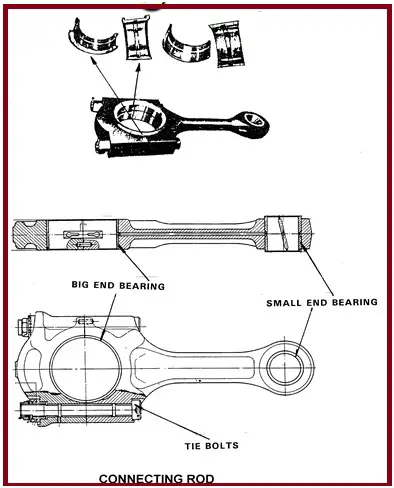
Material Choices for Connecting Rods
An exploration of the common materials used in the production of connecting rods, including steel and aluminum, and the reasons behind these choices.

The Small End: Connection with the Piston
Here, we will delve into the role of the small end of the connecting rod, which connects to the piston, and the design elements associated with this function.
The Big End: Connection with the Crankshaft
This section will explore the function and design of the big end of the connecting rod, which attaches to the crankshaft.
Stresses Encountered by Connecting Rods
A discussion on the various types of stresses that connecting rods are subjected to during engine operation, including compressive, tensile, and inertial forces.
Importance of Bearing Surfaces in Connecting Rods
An examination of the purpose of the bearing surfaces in the small and big ends of the connecting rod, and their role in reducing friction and wear.
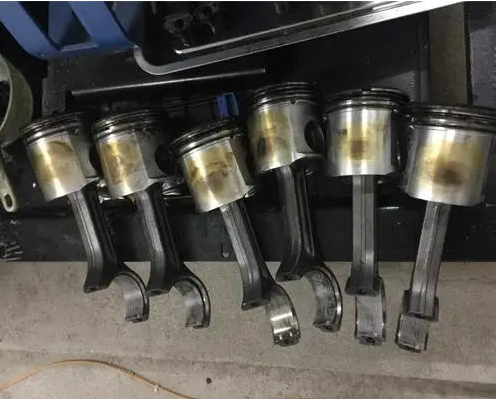
Importance of Lubrication for Connecting Rods
This part will cover the significance of proper lubrication in maintaining the health and performance of connecting rod components.
Signs of Connecting Rod Failure
A discussion on the common signs of connecting rod failure and the potential consequences for engine performance and longevity.
Maintenance Practices for Connecting Rods
In this section, we will discuss the maintenance practices that can extend the lifespan of connecting rod components and improve engine performance.
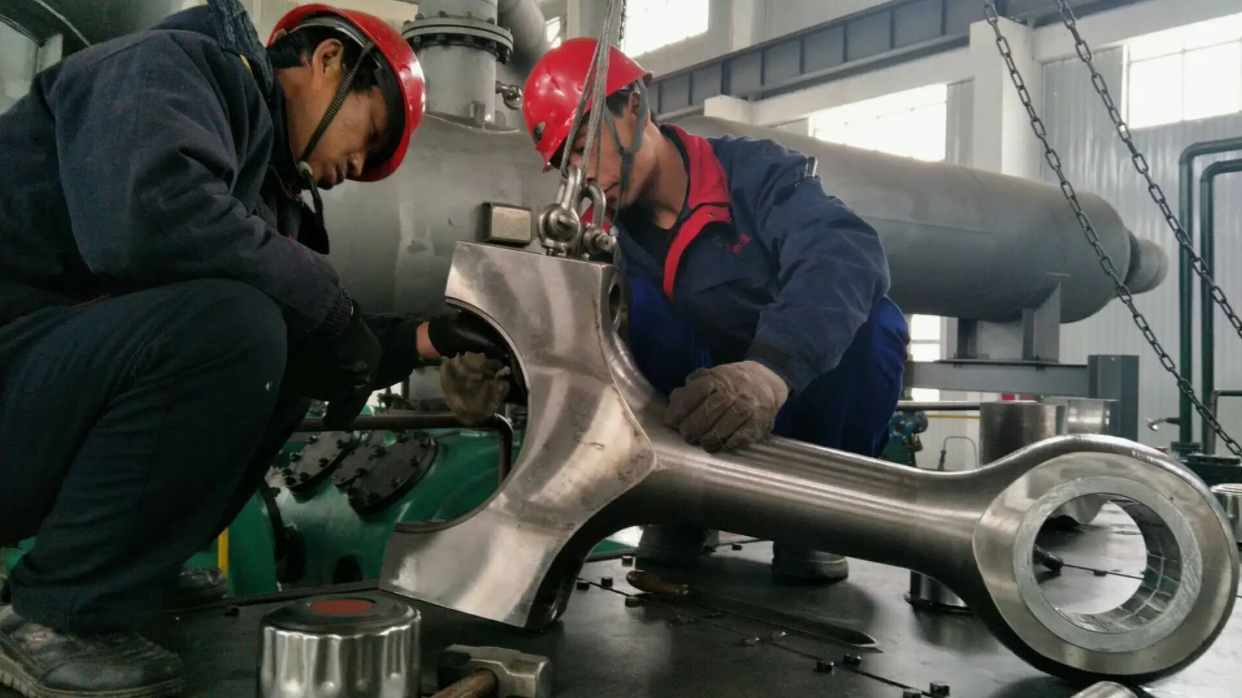
Connecting Rods in Different Engine Types
A comparison of the role and design of connecting rods in different types of engines, including gasoline, diesel, and rotary engines.
Evolution of Connecting Rod Design
This part will track the evolution of connecting rod design, highlighting advancements in materials and technologies over the years.
The Role of Connecting Rod Length in Engine Performance
A discussion on how the length of the connecting rod can affect engine performance and efficiency.
The Process of Replacing Connecting Rods
An overview of the process involved in replacing connecting rods in an engine, including the signs that replacement might be necessary.
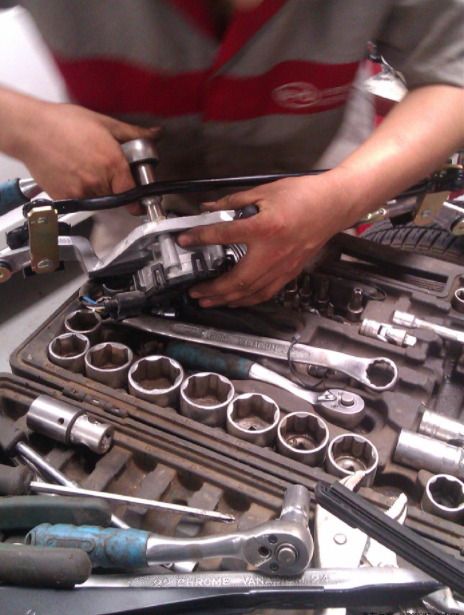
Connecting Rods in High-Performance Engines
This section will analyze the specific requirements and design considerations for connecting rods in high-performance engines, including materials and construction techniques.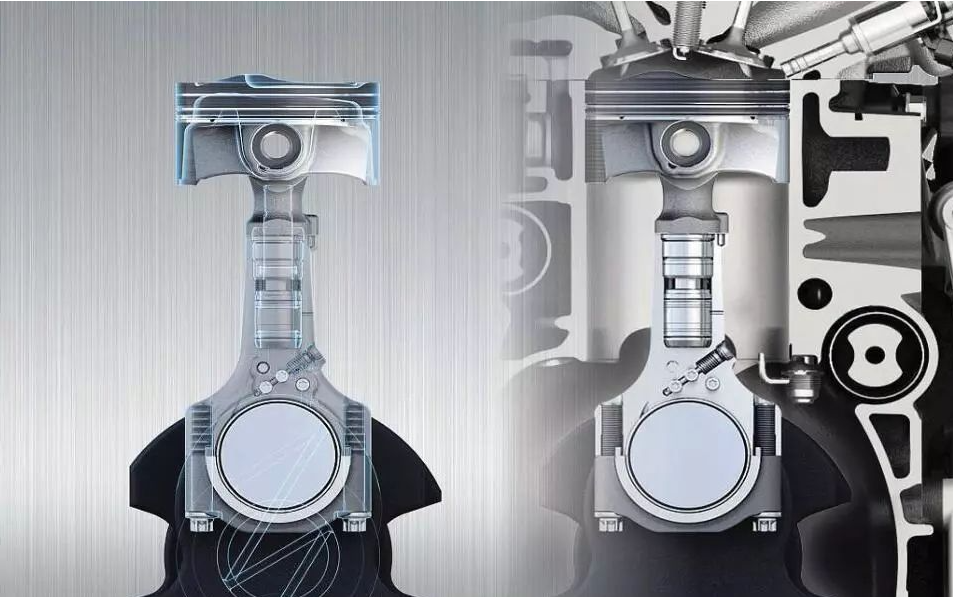
Effects of Connecting Rod Wear and Damage
Here, we will discuss how wear and damage to the connecting rod components can impact engine operation and performance.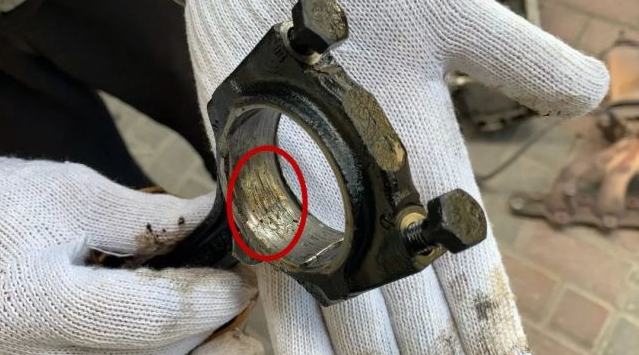
Checking Connecting Rod Alignment
This part will cover the process of checking connecting rod alignment, an important aspect of engine maintenance and troubleshooting.
The Role of Connecting Rods in Engine Balance
An exploration of how the design and condition of connecting rods contribute to overall engine balance, a key factor in smooth operation and performance.
Understanding Bearing Material Selection in Connecting Rods
This section will delve into the types of bearing materials used in connecting rods and why these materials are chosen.
The Impact of Engine Speed on Connecting Rods
A discussion on how engine speed impacts the forces experienced by connecting rods and the implications for their design.
Advanced Technologies in Connecting Rod Manufacturing
This part will examine some of the latest technologies used in the manufacturing of connecting rods, including techniques for improving strength and reducing weight.
The Future of Connecting Rod Design
A look at the potential future developments in connecting rod design, considering factors such as new materials, manufacturing technologies, and engine design trends.
Case Study: Connecting Rod Failure Analysis
An examination of a real-world case of connecting rod failure, analyzing the causes and lessons learned.
Importance of Professional Inspection and Installation of Connecting Rods
This section will highlight the importance of professional inspection and installation of connecting rods to ensure correct alignment and operation.
Conclusion: The Crucial Role of Connecting Rod Components
We wrap up by summarizing the importance of understanding the components of connecting rods in an internal combustion engine, their function, design, and maintenance.